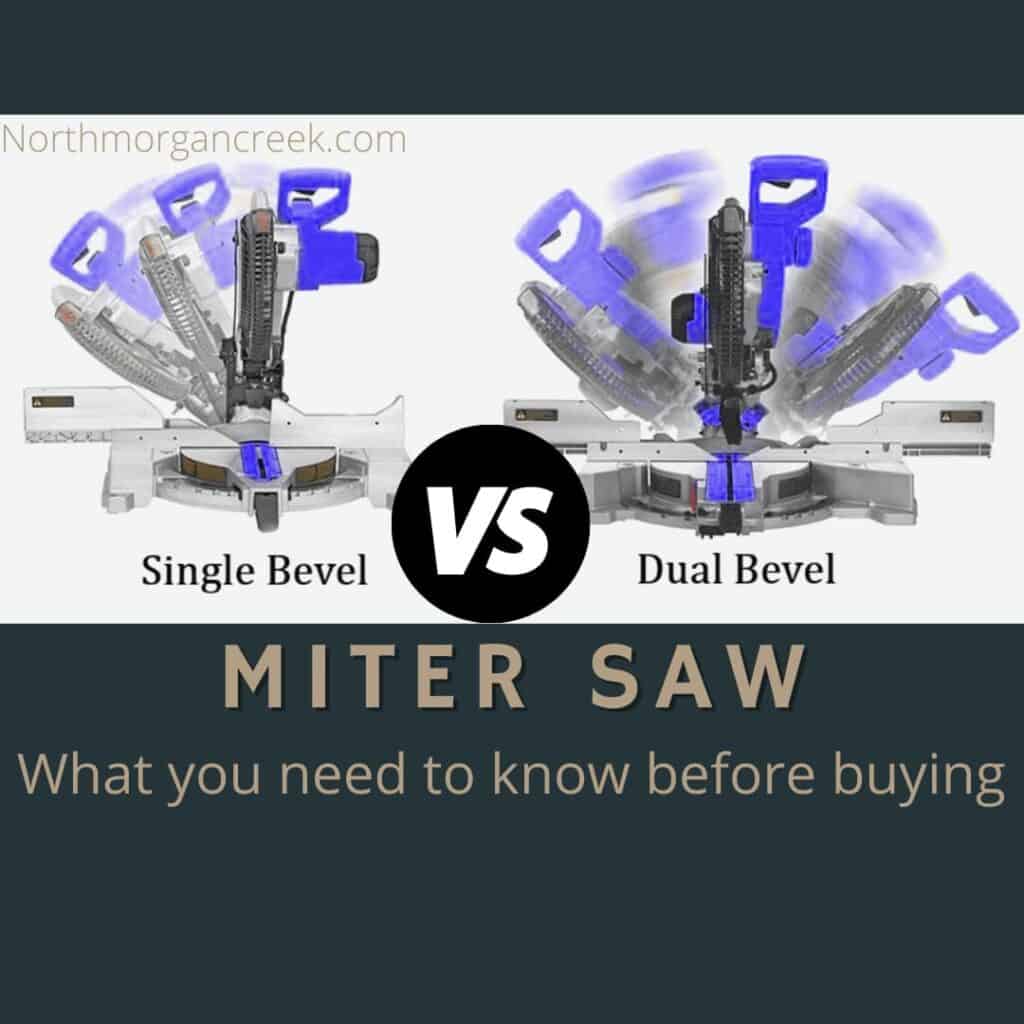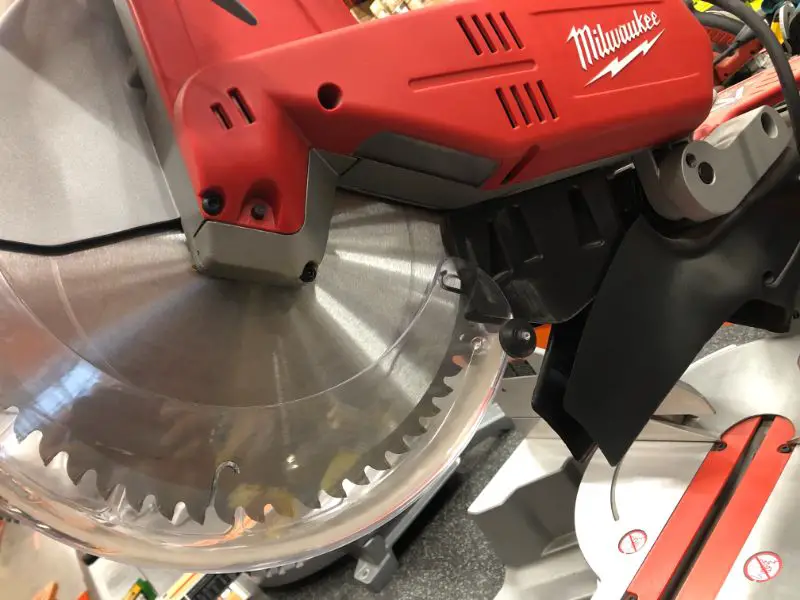A miter saw is one of the commonly used power tools by renowned carpenters and woodwork experts globally. A miter saw relies on some of its essential components to perform optimally and without failing. A 1-inch armature is one of the parts that ensure your miter saw works correctly to give you precise and accurate bevel crosscuts.
It is important to have knowledge on how it functions and the guidelines to follow when replacing it in case it fails. Luckily, the 1-inch size is standard. Thus, you may not encounter many difficulties when buying one for replacement.
The 1-inch armature in a mitre saw is primarily used to connect DC and Universal (AC and DC) motors with the brushes and commutator. The purpose of the miter saw 1-inch armature is to create a continuous magnetic field.
This magnetic field that emerges from the stator windings enables the armature to turn. The armature plays a significant role in ensuring the swift and continuous rotation of the saw blades. The motor of your miter saw may function without the help of a 1-inch armature.
Every power tool, miter saw included, requires an armature in order to undertake the various woodworking projects will less hassle and time. The 1-inch armature in the miter saw is used as an electric motor. The armature is used to create coordination between the two magnetic fluxes.
As a result of the relative motion between the magnetic fluxes, the blades’ movement is initiated and maintained. However, regular maintenance is required to ensure that the armature performs as it should without breaking down.
This piece will give you the much-needed insight on 1-inch armature on a miter saw.
Let’s get to details.
Components of a 1 Inch Armature on a Miter Saw
Here’s a quick video with a n overview of what makes up a miter saw armature:
The 1-inch armature used on a miter saw is made of different vital components that make it functional, as discussed before:
- Armature Core
The core of a miter saw armature is made up of a thin laminated metal plate as opposed to a single piece. The thickness of the lamination determines the supply frequency. The thickness of the core is approximately 0.5 mm. The laminated silicon steel is used in the miter saw armature to reduce the hysteresis and eddy current loss. Generally, the miter saw armature core is a cylindrical hollow shape, and the shaft is inserted in the armature core.
The armature core consists of various slots. On the outer side of the armature core, the armature winding is placed. The holes in the miter saw’s armature core are skewed at a precise angle to eliminate magnetic locking to ensure smooth rotation of the miter blades for a clean and tidy work.
- Armature Winding
Onto the armature core slots, the armature winding is inserted. To eliminate direct contact between the core and the coil, the armature winding is insulated. Mostly, the armature winding of the miter saw is made of copper. However, in some instances, it is made of aluminum as it is less costly. Depending on the design and the armature winding model, it can wave wound or lap wound.
In an arrangement of lap winding, the number of brushes and poles is the same as the current paths. In this kind of winding, the starting end, which is adjacent to the coil and the commutator segment, is connected to the finishing end in one of the coil at the same pole as the commutator segment.
When the lap’s arrangement is wave winding, the total number of the current paths is two. In this winding arrangement, each end of the coil is linked to the segment of the commutator with the exact distance between each pole. This helps to increase the voltage and the winding between brushes.
- Miter Saw Armature Shaft
The shaft of the armature in the miter saw is used in the transmission of mechanical energy. It is a firm rod that is placed between two bearings. The length, the bearing points, and speed are determined to reduce the harmonic distortions. The shaft thickness chosen should be enough to transmit the torque that is needed by the miter saw. It should be firm enough to regulate any balance forces that may be out.
- Commutator
The commutators are built using copper bars. With the help of insulating materials such as plastic or mica, the commutator copper rods are separated from each other. The shaft is accurately aligned to the slot of the armature in the miter saw. The commutator bar must be placed at the exact displacement angle as the armature for the commutator bar’s effective working.
What Makes the 1 Inch Armature in a Miter Saw Rotate?
The 1-inch armature plays a significant role in ensuring that a miter saw’s blades are rotating. The armature inside the motor of a miter saw works by converting electrical energy to mechanical energy—basically, the armature aids in the saw blade’s spinning.
The armature uses Fleming’s left-hand rule in its functionality. In this case, the conductor carrying current experiences force when exposed to the magnetic field. When the supply is set to the stator, the rotating magnetic field is induced in the motor of the miter saw. The rotating magnetic field is responsible for the rotation of the rotor.
How to determine if your Miter Saw Armature is Damaged
If the armature of your miter saw is spoilt, the motor will fail to run. When this happens, it is vital to test whether the armature is functioning optimally.
First, you need to check the armature winding and to determine whether it is short-circuited or open-circuited. In this test, the resistance of the dual commutator bars is measured; this is done using an ohmmeter. The size of the miter determines the reading on the ohmmeter saw motor size.
After the first ohmmeter reading, it is essential that you rotate the armature and confirm the resistance of each bar of the commutator. If the reading is the same, then it is a clear indication that your miter saw the armature winding is good. If there is an incline in the reading, it indicates that it has been short-circuited.
However, if the reading is increasing, then your armature winding is open-circuited or broken. Thus it would be best to repair or replace the 1-inch armature with a new one.
The 1-inch armature plays a significant role in running your miter saw motor; thus, when it’s broken, you should get it fixed. The size is standard; hence you would not experience difficulties when buying one for replacement.

